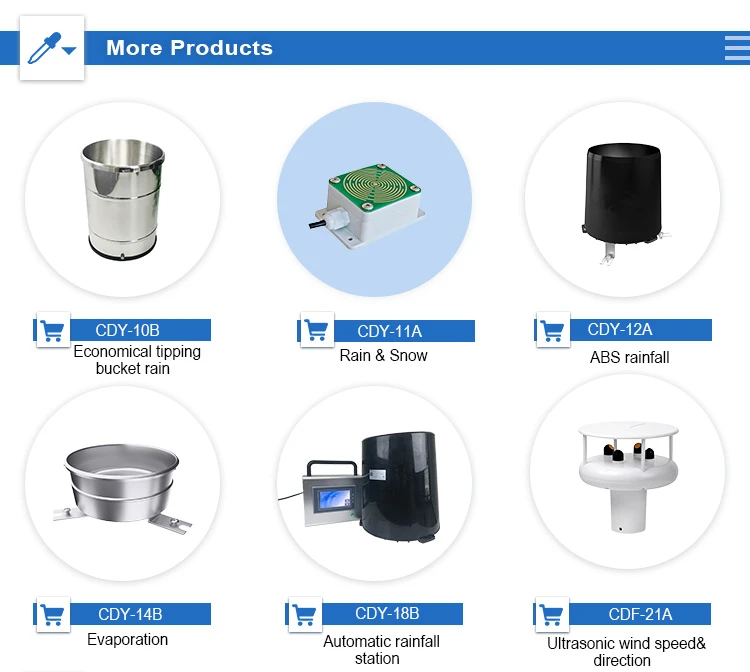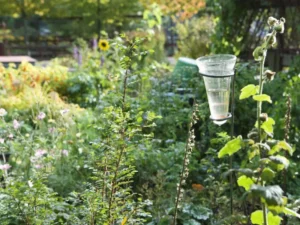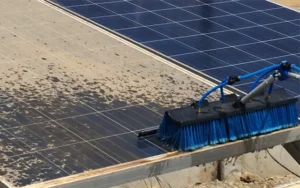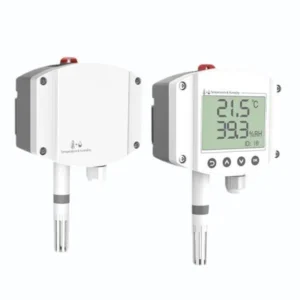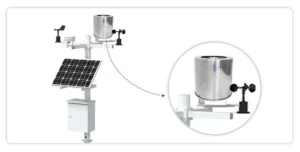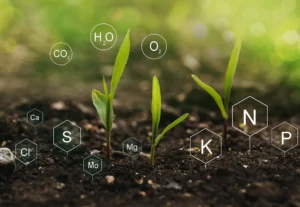Rainfall Meteorological Stations: Real-Time Monitoring of Rainfall
Rain is important for nature to grow. It also helps many different areas. Rainfall stations provide accurate weather data. This data is important for farming, managing water, and getting ready for disasters.
It helps create smart strategies to deal with climate change and natural hazards. With new technology, these stations have become essential parts of global weather monitoring systems. Their usefulness in today’s world is increasing.
Key Sensors in Rainfall Meteorological Stations and Their Roles
Rainfall meteorological stations are complex systems. They have advanced sensors that help collect and send accurate data. Here are the key sensors and what they do:
Rainfall Sensor (Rain Gauge)
Rainfall sensors at a station measure how much it rains in real time. Two common types of rain gauges are the tipping bucket rain gauge and the optical rain gauge.
– Tipping Bucket Rain Gauge:
This tool measures rainfall by collecting water in a bucket. The bucket tilts when it fills up to a certain point.
This action turns on a sensor that collects the data. It is known for being precise and reliable. This is a popular choice for checking the weather.
– Optical Rain Gauge:
This sensor uses laser or infrared technology to measure how hard it is raining. It does this by detecting how raindrops disrupt light beams. It is especially good for monitoring that needs high accuracy on a large scale.
Wind Speed and Direction Sensor
Proper analysis of wind speed and direction is crucial for accurate rainfall tracking and disaster forecasting. These sensors help us keep track of the local weather. They help predict extreme events, like storms. They help in making decisions to reduce disaster risks.
– Wind Speed Sensor:
It uses rotating cups or ultrasonic technology to measure how fast the wind is blowing. This gives accurate, real-time information.
– Wind Direction Sensor:
Uses wind vanes or ultrasonic tools to collect data on wind direction. This helps us see how wind changes rainfall patterns.
Temperature and Humidity Sensors
Temperature and humidity are key factors in how precipitation forms. Real-time monitoring helps weather stations keep track of evaporation and rainfall. This helps predict how much it will rain and how long it will last.
– Temperature Sensor:
It has thermocouples or thermistors that sense changes in temperature. This gives important data on changes in rainfall.
– Humidity Sensor:
It checks how much moisture is in the air. This helps make better predictions about rain. This is very important in places with high humidity.
Atmospheric Pressure Sensor
Changes in air pressure often happen before heavy rain or storms. This makes monitoring pressure important for weather forecasting. Atmospheric pressure sensors sense changes in pressure. This helps provide timely weather warnings and improve disaster response efforts.
Water Level Sensor
Water level sensors are vital for flood prediction and prevention. We can get early warnings about possible floods by watching changes in rivers, lakes, and reservoirs. Rainfall data also helps in this process. This helps keep people and their things safe.
Solar Radiation Sensor
Solar radiation sensors help improve weather observation. They look at how radiation changes before and after it rains. This data helps with studies on climate changes and long-term weather patterns.
The Role and Importance of Rainfall Meteorological Stations:
1. A Reliable Ally for Agricultural Production
Agriculture forms the backbone of national economies, with rainfall playing a critical role in crop growth. Both too much rain and too little rain can greatly impact crop yield and quality.
Good water management is key to boosting farm productivity. Rainfall stations measure how much it rains and how hard it rains. They provide important data for farming.
Farmers can use real-time rainfall data to improve their irrigation schedules. This helps them change how much water they use based on the weather. It stops over-watering and saves water. It also makes sure crops receive enough water when they need it.
Farmers use advanced rainfall data to predict extreme weather, such as floods. This helps them take steps to prevent crop and money losses from bad weather.
2. A Scientific Resource for Managing Water Supplies
Water is essential for life and growth. However, its uneven distribution, made worse by climate change and human actions, creates big challenges. Rainfall stations are important for managing water resources. They provide key scientific data for this purpose.
These stations track rainfall patterns. They give important details about how water is shared. This information is useful for governments and organizations.
This data helps water authorities see how much water is available or missing. It allows them to make smart choices about reservoir sizes, irrigation plans, and city water management. This helps to use water resources wisely in different seasons and weather conditions.
3. A Vital Tool for Flood Prevention and Disaster Management
In a time when natural disasters happen more often, good flood prevention and disaster management plans are very important. Heavy rain can cause big problems, such as floods, landslides, and other harmful events. Rainfall stations are important for tracking rain in real time. They provide early warnings that help improve how we prepare for and respond to disasters.
When it rains too much, these stations activate their warning systems. They quickly tell the right people in charge. This helps take quick actions. These actions include:
– Using drainage systems.
– Strengthening flood barriers.
– Controlling movement in risky areas.
– Reducing damage to lives and property from disasters.
4. An Indispensable Asset for Meteorological Research
Rainfall stations help stop disasters and support farming. They also help make weather studies better. Data collected over a long time by these stations helps researchers study rainfall patterns.
They can study changes over time and space. They can look at climate trends and address bigger environmental problems. This data helps us make accurate climate change predictions. It also supports the development of strategies to reduce its impact.
Moreover, insights from these stations are applicable across various disciplines. Hydrologists use rainfall data to better understand the global water cycle. Urban planners use this information to build strong infrastructure. This helps reduce the effects of extreme weather in cities.
Conclusion
Rainfall meteorological stations are a key part of today’s weather observation networks. They carry out many important tasks. These systems help track rain, give disaster warnings, support farming, and manage water supplies. They are key for scientific progress and community strength.
They collect data carefully and analyze it well. This supports important work such as climate change research, weather forecasting, and sustainable development. These efforts cover many areas, such as weather, environmental science, and farming.
As technology gets better, more countries will use weather stations to measure rainfall. This will help sustainability efforts and support growth in many parts of the world.


